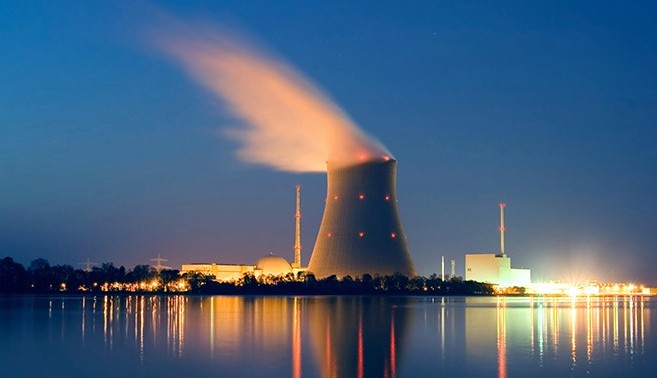International Assessment

A Critical Assessment of China’s Interests in Afghanistan: Post U.S. Military Withdrawal
By Zara Qurban
Since the withdrawal of the U.S. troops and its European allies after decades of war in April 2021, Afghanistan is entangled in the wickedest kind of security. Afghanistan’s commandeering by the Taliban after the U.S. military withdrawal has presented the regional States with many new emerging challenges. An abrupt withdrawal of the U.S. military from Afghanistan has created a huge power vacuum and neighboring States are extending helping hands to avert the possible fall of Afghanistan.
Countries such as Pakistan, Russia, India, Iran, and Turkey have their own grounds to intervene but now the global is on China including re-evaluating its persistent ‘non-interference’ policy. China was against the invasion of the U.S. military and also opposed the abrupt withdrawal stating that it will leave Afghanistan in the mayhem. China’s Foreign Ministry said, “the recent abrupt U.S. announcement of complete withdrawal of forces from Afghanistan has led to a succession of explosive attacks throughout the country, worsening the security situation and threatening peace and stability as well as people’s life and safety.”

Many spectators are considering the exchange of dialogues between Chinese Foreign Minister Wang Yi and the Taliban leaders an attempt by China to exert more influence in the region. But, China does not look at Afghanistan from the lens of prospects, the Chinese influence and involvement, especially after the U.S. military withdrawal, is all about the management of threats. Another observation entails that Chinese political and economic interest in Afghanistan revolve around the wariness of Afghanistan becoming a safe haven for militant groups targeting China like the last time Taliban were in power.
Though Mullah Baradar and Wang Yi in Tianjin have been in contact for decades, the Taliban’s ideological agenda does not fit well with China. Andrew Small, Associate Senior Policy Fellow, states, “China certainly has substantial commercial and economic interests in the wider region, but they are minimal in Afghanistan itself. Its major investments there, the Aynak copper mine and the Amu Darya energy projects, have been in stasis for many years. There have been numerous discussions about Afghanistan’s involvement in the Belt and Road Initiative, including connections to the China-Pakistan Economic Corridor, but Beijing’s view has been that, in Afghanistan, stability has to precede serious new economic commitments.” Other than copper, Afghanistan has untouched mines of minerals such as cobalt, iron, mercury, and lithium which are estimated to a value of about $1 trillion. In order to maintain better political and economic relations with Afghanistan, China offered to rebuild the infrastructure “by funneling funds directly to the group through Pakistan.” As a result to continuous exchange of dialogues and China’s commitment of support in Afghanistan, the spokesman for the Taliban Political Office in Qatar established that they recognize China “as a friend of Afghanistan”, he also stated that the Taliban and Afghanistan will no longer provide refuge or safe haven to Muslim Uyghurs. On one occasion the Chinese foreign minister said that the Taliban are expected “to play an important role in the progress of peaceful reconciliation and reconstruction in Afghanistan.” China’s policy towards Afghanistan is primarily based on the security implications resulting from the U.S. and Taliban peace agreement, which China believes in not going in the right direction. The disturbances, instability, and radicalization will eventually seep through the borders into China. As per the researchers based in Afghanistan, “through military assistance, China helped Kabul build its military mountain brigade in the Wakhan Corridor near Afghanistan’s northern Badakhshan province with the primary goal of preventing infiltration by the Islamic State into China.” It is believed that Beijing will keep close bilateral ties with Afghanistan in order to tightly manage any spillover into China by engaging all its diplomatic energies because it fears that the success of the Taliban might encourage militant groups to carry out terror activities. If the security situation becomes better in Afghanistan, China is likely to go forward with more investment plans and programs but it will be very cautious.
Understanding 2021 Inflationary Spiral in Pakistan
By Hira Shakeel
For the people of developing countries an increase in prices of basic goods, especially food items and fuel hike in comparison to the little or no increase in the wages has become a struggle for survival. This situation presents additional challenges for the daily wage earners and for the low-income households. The rate of inflation in Pakistan has edged up to a daunting double figure of 10.9%, which presents a gloomy picture for the poor. Pakistan Bureau of Statistics (PBS) recorded a price hike of 9% from 8.4% in September alone on consumer items. In 2018, the increase of inflation was recorded at 3.93%, but three years later this has increased to more than 10%. Pakistan is a net importer of energy and relies on the exports of raw materials, especially from the agricultural sector. The fluctuation in the prices of the raw material in the international market affects the stability of the local market in Pakistan, making it more fragile. For years, modernizing and strengthening the agricultural base of the country has been neglected by the leaders. This neglect has proved detrimental, because although Pakistan is majorly an agricultural country, it has become a net food importer. Moreover, as Pakistan imports oil from abroad, the purchase weighs heavily on the import bill of the country. Any increase in the price of fuel globally, does not only lead to inflation in Pakistan but at the same time the exchange rate is pressurized downward which makes imports more expensive. This eventually leads to a trade deficit, i.e., when the country’s monetary value of imports surpasses the monetary value of exports.

Neglect of the agriculture sector coupled with the failure to address the domestic supply disruption, for instance the unforeseen shortage of wheat and sugar, have contributed to the hike of prices. Although the claim of the government that prices of the products have been increasing globally since the spread of the pandemic in 2019 is not wrong. However, claiming to still have the lowest prices as compared to the regional countries is partially true. In comparison to India or Bangladesh the prices of petroleum might be lower in Pakistan but at the same time country’s even lower per capita income wipes out the advantage of these low prices.
Most of the basic goods, which includes food items such as sugar, rice, ghee, wheat, energy, telecom services, transportation and clothing have seen a surge in prices. Any increase in the prices of electricity or fuel, impacts the prices of three sectors in Pakistan, namely food, transportation and housing. The limited employment opportunities and the low wages have made it difficult for the people to fulfil their basic needs. While the job opportunities are diminishing, the surge in prices is making it unbearable for the people. The living standard of a common man continues to depreciate due to higher inflation. A pro-poor policy does not mean an increase in the regressive nature of taxes, i.e., those taxes which is applicable to be paid by citizens regardless of their income. Further, the direct tax is mostly left unaccountable due to the negligence of the authorities as it remains undocumented. Any increase in the direct taxes, means an increase in the prices. This has a direct impact on a common man, as his purchasing power parity drops. When such a situation arises it eventually pushes a family towards lower standards of living, due to the constrained choices. At a societal level, an increase in direct taxes, leads to a hike in prices of common goods, consequently widening the gap between social classes. The purchasing power parity of an individual with fixed income is most affected because there is no increase in their income. In the longer run, a persistent situation like this can lead to a conflict within the country. According to a report issued by the UNDP, inflation has become a headache for almost every citizen in Pakistan except those 20 percent who own more than half of the country’s wealth. If inflation has become a challenge for the people, it presents a challenge for the government too. Before suggesting what the government can do to control the prices, it is crucial to look at the origin of the challenge. Primarily, major industrial economies have been vulnerable due to COVID-19, but their recovery has been recorded much quicker than expected. This has increased global consumption of energy and other commodities. Therefore, there has been a hike in the fuel prices globally. Additionally, the prices of products such as palm oil, wheat, sugar, and fertilizers have also increased. Eventually when the products are shipped and land in Pakistan there is an additional cost, which makes these commodities expensive. Considering this global hike in prices and adding the issue of the deprecating Pakistani rupee against dollar presents a two-fold challenge. This has a direct impact on the imports of Pakistan, thus the reason for the increase in prices. The strengthening of the rupee is not an easy task, because it is directly attached to the condition of the national economy and the inflow as well as the outflow of the foreign exchange. In the case of Pakistan, the economic growth is slow and weak, plus the outflow of foreign exchange is much higher than the inflow, appreciating the value of rupee is unlikely. Keeping the value of rupee higher against the US dollar will have a huge impact on the economic condition of Pakistan because the meager foreign reserves that Pakistan has will be used for this purpose. The little foreign reserves that the State Bank of Pakistan has are important to meet the trade deficit of the country. Much of the hike in prices is due to the reason that Pakistan is receiving aid from the international donor agencies on certain conditionalities, which require devaluation of the currency, cutting down on subsidies and welfare projects and increasing prices. There is a serious need to amend the economic policies in the country and focus on strengthening the industrial and agricultural base of the country if the government wants to address the challenge of uncontrollable inflation. Secondly, at both district and level, the weak administrative mechanism has led to the hike in prices. It is due to their weakness that there is a gap between the wholesale price and retail price. However, to such challenges there is no quick or immediate solution. For swift action the government can reduce the duties and taxes on the imported items but in the longer run it can lead to fiscal deficit. The only way that Pakistan can overcome its current economic challenges, is by focusing on increasing its exports which will increase the inflow of dollar in the country. Besides increasing its exports, Pakistan can induce foreign direct investments (FDIs), and open more channels for securing remittances from Pakistanis in foreign countries. Until and unless, the government does not address the economic challenges, create more job opportunities, give subsidies to the local industries, and improve the purchasing power parity of its citizens, inflation will remain the biggest obstacle to Pakistan’s growth.
Strengthening Pakistan’s Climate change policy
By: Saddam Tahir
Climate change is not only an environmental challenge; rather it has evolved into a security and developmental challenges over the years for countries across the globe. With changing climate scenarios, Pakistan’s development model needs to go through a paradigm shift, creating a second climate science arm. All economic planning and investments, out of necessity, need to be an exercise in planning and investment of climate adaptation, duly informed by institutions generating climate knowledge and providing climate services. Climate services can help the country pursue three tracks:
• Climate adaptation
• Disaster-risk reduction
• Sustainable development
In the annual report for 2020, Global Climate Risk Index has placed Pakistan on the fifth position on the list of countries that are most vulnerable to climate change. According to the report from 1999 to 2018 Pakistan has experienced 152 extreme weather hazards, faced economic loss worth $3.8 billion and 9,989 people have died. Based on the statistics recorded by the think tank, report concluded that Pakistan’s vulnerability to climate change is intensifying. The report points out that Pakistan is “recurrently affected by catastrophes and continuously rank among the most affected countries both in the long-term index and in the index for the respective year”. Due to the geographical location, Pakistan has become most vulnerable to climate change and hence placed on the long-term index of the report. One of the co-author of the report David Eckstein registers in the report that “the entire region where Pakistan is located is prone to extreme weather events, in particular, heavy rainfalls e.g. during monsoon season, and floodings as a result.”

This year’s report is particularly relevant for Pakistan as climate change is fast “increasing variability in the water cycle, inducing a greater number of extreme weather events, reducing the predictability of water availability, and adversely affecting water quality”.
Three water-related issues are central to climate adaptation in Pakistan: a) Water stress, reflected in increasing uncertainty and scarcity. b) Hazards and disasters, reflected in floods, droughts, storms surges, and glacier lake outbursts. c) Water quality, reflected in the deteriorating quality of ground and surface water used for drinking, irrigation and industry. As the early warning systems continue to be underdeveloped and underutilized, the national meteorological and hydrological services remain weak. National public institutions mandated to provide hydrological information, therefore, lack the necessary capacities needed to provide climate services for water. The results are perilous: human, social and economic losses are continuously soaring as floods have globally increased by 134 per cent and droughts by 20pc in the last two decades. This gives Pakistan all the more reason to augment climate services. Despite international support and growing climate vulnerabilities, Pakistan has not developed its National Framework for Climate Services (NFCS). The presence of an NFCS will provide an institutional mechanism to coordinate, facilitate and enhance collaboration among national institutions to improve, jointly produce, deliver and use science-based climate projections and services. Some regional countries like China and India who developed robust national frameworks have successfully accessed global science and technology, as the GFCS seeks to build on continued improvements in climate forecasting to increase access to the best climate data. Planners, investors and vulnerable communities have the right to benefit from easy-to-use information so that they can plan and cope with projected trends and scenarios. Since Pakistan’s datasets on temperature, precipitation, soil moisture, snowfall in glacial areas, ocean conditions and winds are absent or inaccessible, policymakers are not always informed about long-term historical averages of these parameters or their risks. Development planners end up shooting in the dark by taking decisions without knowing long-term projections and trends. However, Pakistan’s leadership remains fully committed to addressing the concerns and threats of climate change. As multiple projects of reforestation took place in last few years to tackle the natural disasters.

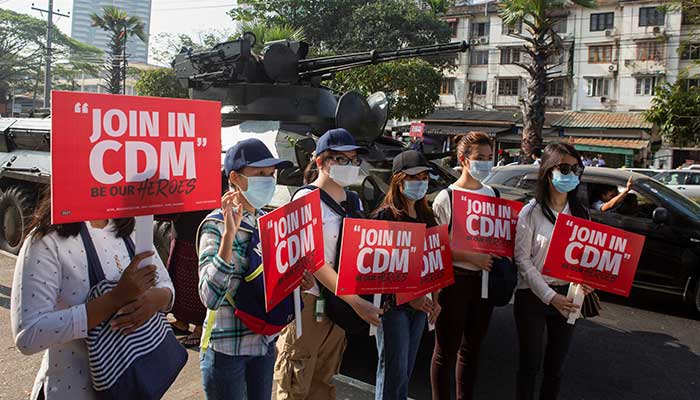
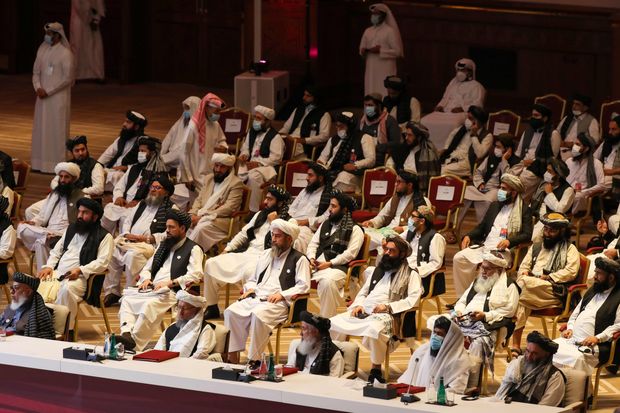
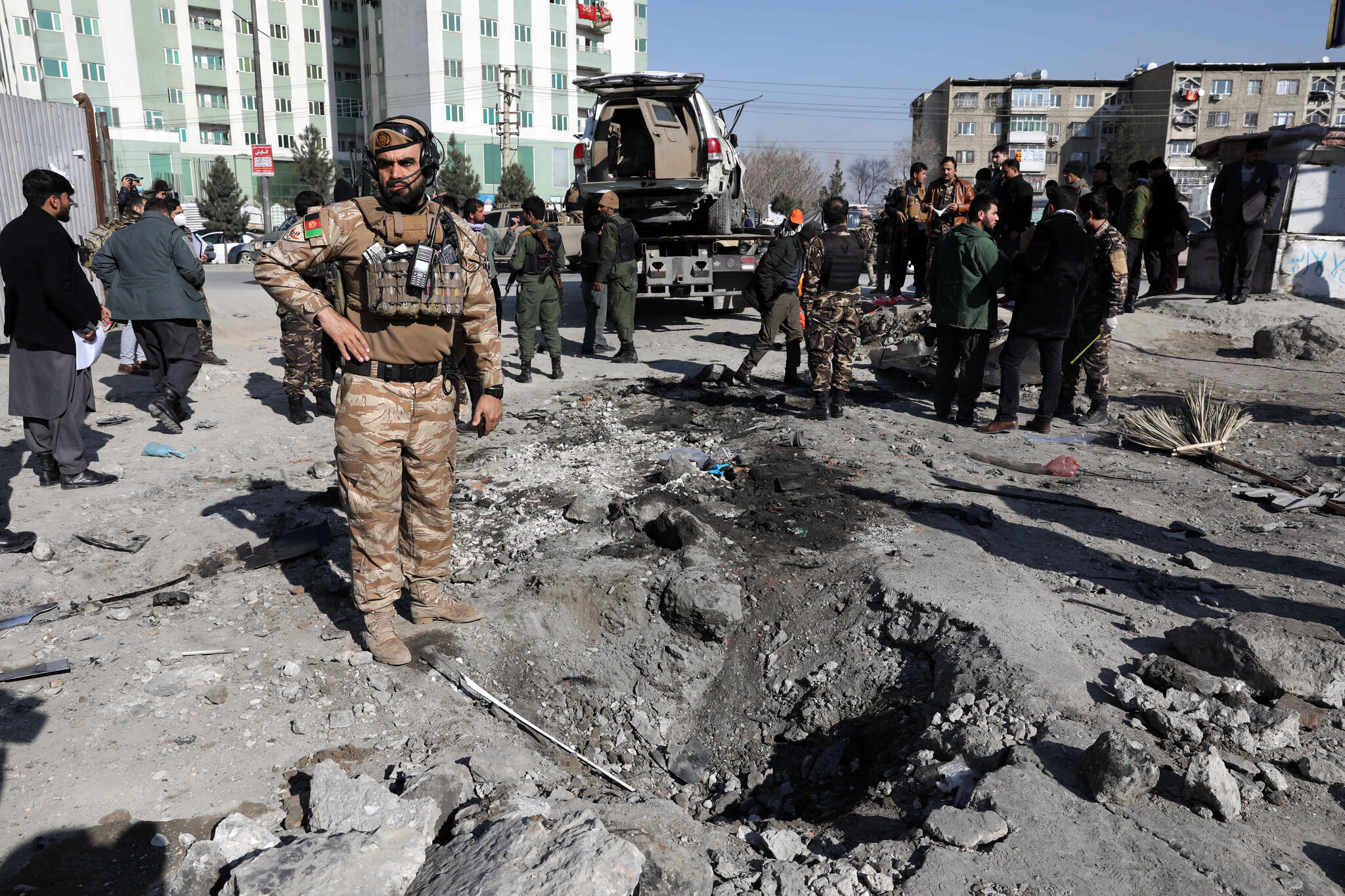




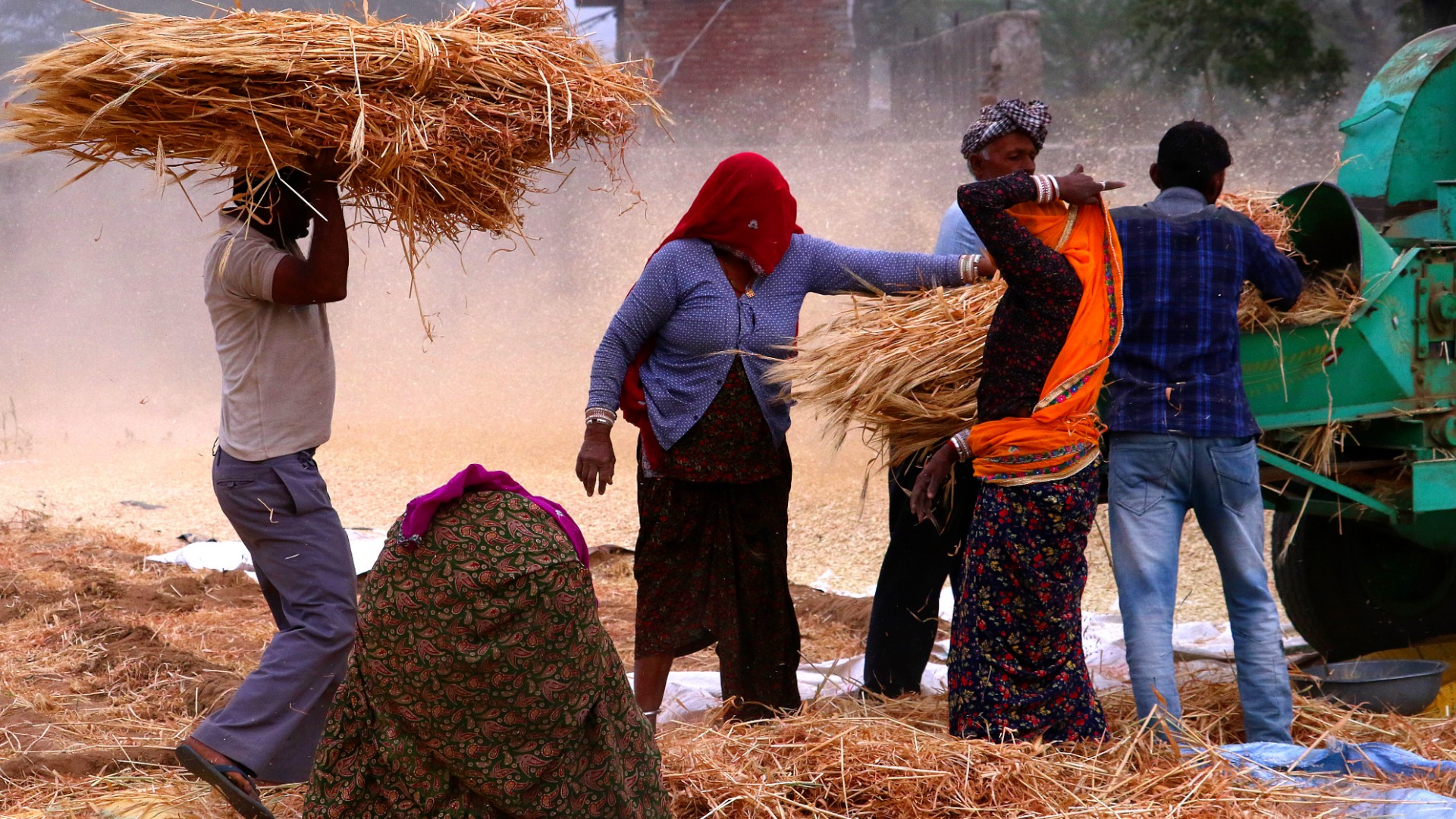

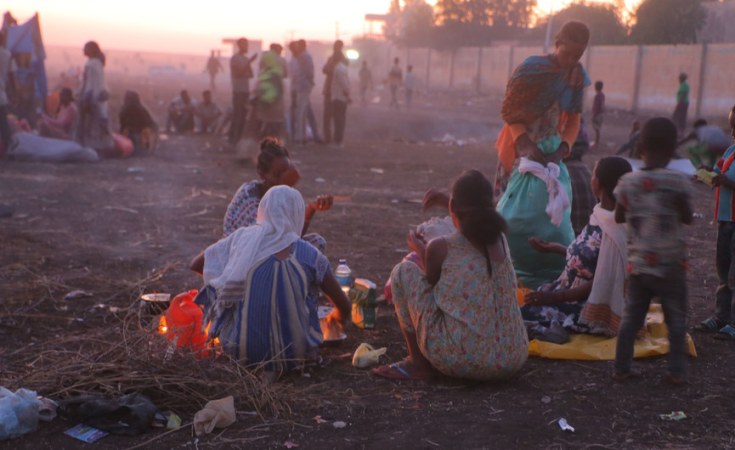

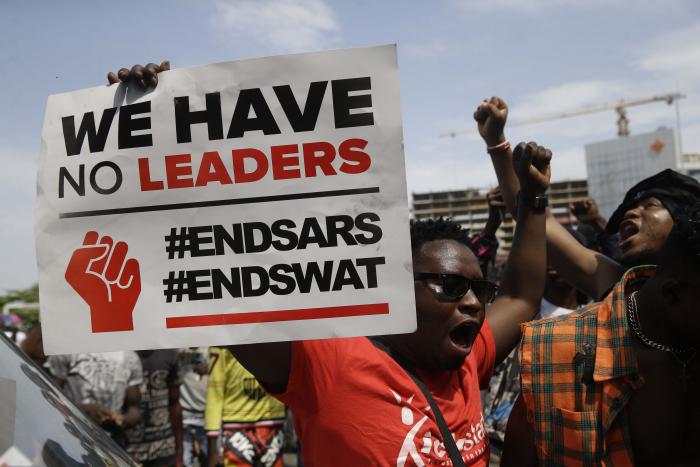
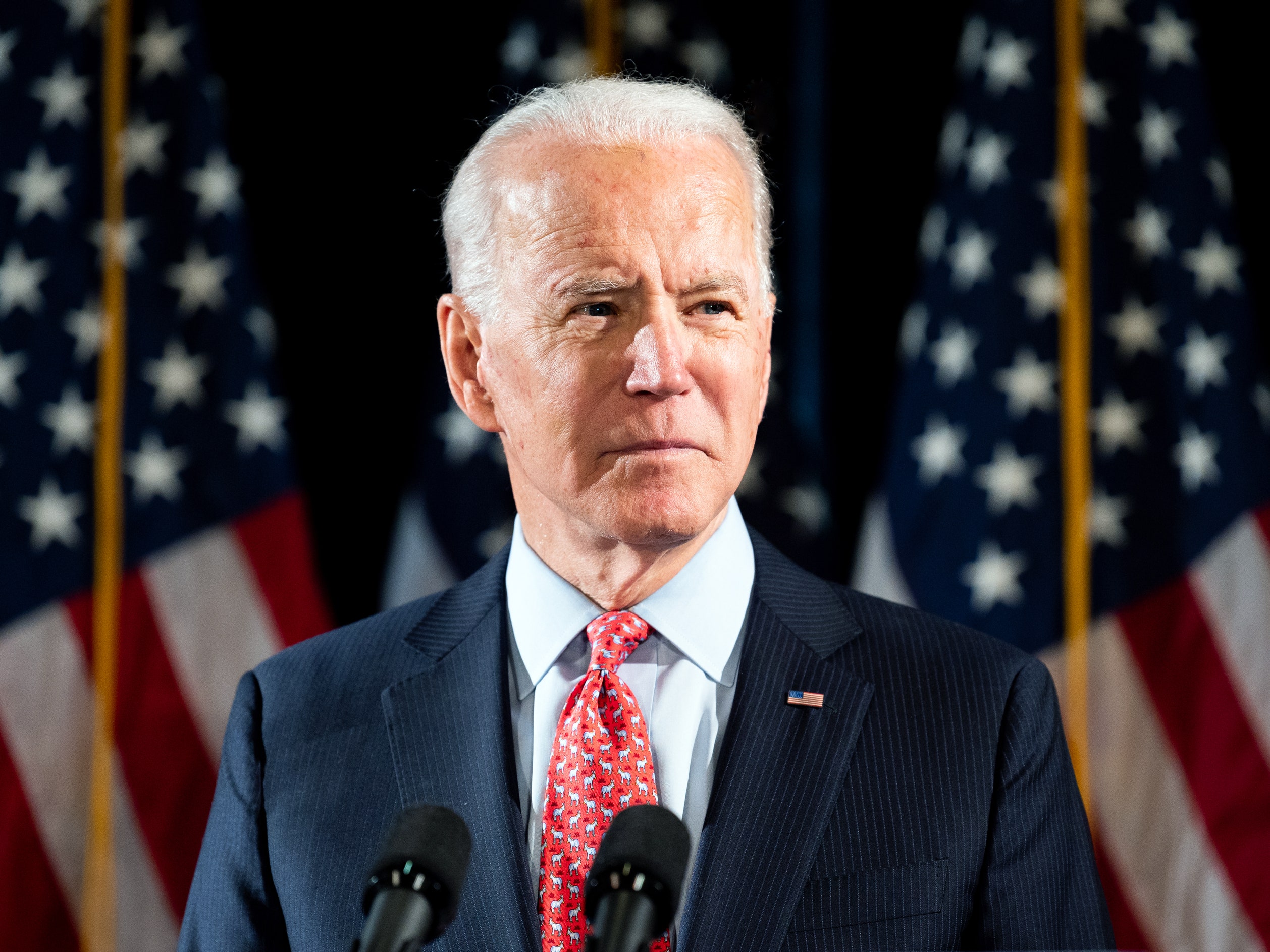


 Muslims all over the world are outraged by the statements made by French president, Emmanuel Macron earlier this October. The statements came after a French teacher, Samuel Paty was beheaded in the broad day light near his school on October 16. The teacher was killed after he had displayed the caricatures of the Holy Prophet (PBUH) to his students.
Muslims all over the world are outraged by the statements made by French president, Emmanuel Macron earlier this October. The statements came after a French teacher, Samuel Paty was beheaded in the broad day light near his school on October 16. The teacher was killed after he had displayed the caricatures of the Holy Prophet (PBUH) to his students.

 Biotechnology is now one of the fastest growing areas of bio-sciences. Huge sums have been spent by the Planning Commission of Pakistan for developing infrastructure, capacity building and HRD for undertaking R&D in biotechnology especially related to agriculture and health in various universities and R&D institutes. Presently, there are around 30 centers of Biotechnology spread all over the country. However, nearly all the Biotech Centers are in the public sector; only a few institutions could offer some deliverable products. Much of these achievements are in the area of agricultural biotechnology such as tissue culture technology and its commercialization (virus free potato and banana, exotic orchards, cut flowers, bio-fertilizers etc.). Significant among these are the development of cotton being one of the most important cash crops for Pakistan. This crop consumes nearly 80% of the pesticide. Therefore pest resistance is one of the most desirable traits in cotton. In 2010 some varieties of Bi-Cotton were released for commercial cultivation. Some of these varieties were developed by private sector seed companies. Furthermore, efforts continue on R&D for developing and maintaining Cotton Leaf Curl Virus (CLCV) resistant cotton varieties. However, work on several approaches involving other crops, vegetables and fruits are underway. In the area of health most efforts focused on estimation of prevalence, their somatic and genetic nature and type of mutations besides diagnostics of some human diseases. Success has also been achieved in addressing biotechnology application for fossil fuel alternates and several selected useful enzymes.
Biotechnology is now one of the fastest growing areas of bio-sciences. Huge sums have been spent by the Planning Commission of Pakistan for developing infrastructure, capacity building and HRD for undertaking R&D in biotechnology especially related to agriculture and health in various universities and R&D institutes. Presently, there are around 30 centers of Biotechnology spread all over the country. However, nearly all the Biotech Centers are in the public sector; only a few institutions could offer some deliverable products. Much of these achievements are in the area of agricultural biotechnology such as tissue culture technology and its commercialization (virus free potato and banana, exotic orchards, cut flowers, bio-fertilizers etc.). Significant among these are the development of cotton being one of the most important cash crops for Pakistan. This crop consumes nearly 80% of the pesticide. Therefore pest resistance is one of the most desirable traits in cotton. In 2010 some varieties of Bi-Cotton were released for commercial cultivation. Some of these varieties were developed by private sector seed companies. Furthermore, efforts continue on R&D for developing and maintaining Cotton Leaf Curl Virus (CLCV) resistant cotton varieties. However, work on several approaches involving other crops, vegetables and fruits are underway. In the area of health most efforts focused on estimation of prevalence, their somatic and genetic nature and type of mutations besides diagnostics of some human diseases. Success has also been achieved in addressing biotechnology application for fossil fuel alternates and several selected useful enzymes. Pakistan’s latitudinal spread and altitudinal variation provide diverse ecology and splendid biodiversity to the country with human livelihoods directly dependent on ecosystem diversity and function. The diversified habitats and landscapes support a rich variety of different species which contribute to the overall biodiversity of the country. Economically, the services provided by biodiversity cannot be replicated at scale by human technology therefore; it is the most valuable and most necessary natural resource for Pakistan providing means of livelihood especially to rural dwellers. However, rapid human population growth, un-judicious land use and increased poverty has forced especially the rural people to exploit biodiversity at unsustainable rates resulting into deforestation, overgrazing, soil erosion, salinity and water logging to the remaining biodiversity of the country mainly due to overexploitation and loss of natural habitats of diverse natural flora and fauna. This continued loss of biodiversity will have serious implications for the nation’s natural and agricultural ecosystems threatening food, health and survival security of the country.
Pakistan’s latitudinal spread and altitudinal variation provide diverse ecology and splendid biodiversity to the country with human livelihoods directly dependent on ecosystem diversity and function. The diversified habitats and landscapes support a rich variety of different species which contribute to the overall biodiversity of the country. Economically, the services provided by biodiversity cannot be replicated at scale by human technology therefore; it is the most valuable and most necessary natural resource for Pakistan providing means of livelihood especially to rural dwellers. However, rapid human population growth, un-judicious land use and increased poverty has forced especially the rural people to exploit biodiversity at unsustainable rates resulting into deforestation, overgrazing, soil erosion, salinity and water logging to the remaining biodiversity of the country mainly due to overexploitation and loss of natural habitats of diverse natural flora and fauna. This continued loss of biodiversity will have serious implications for the nation’s natural and agricultural ecosystems threatening food, health and survival security of the country.



